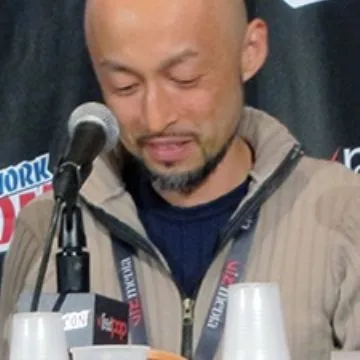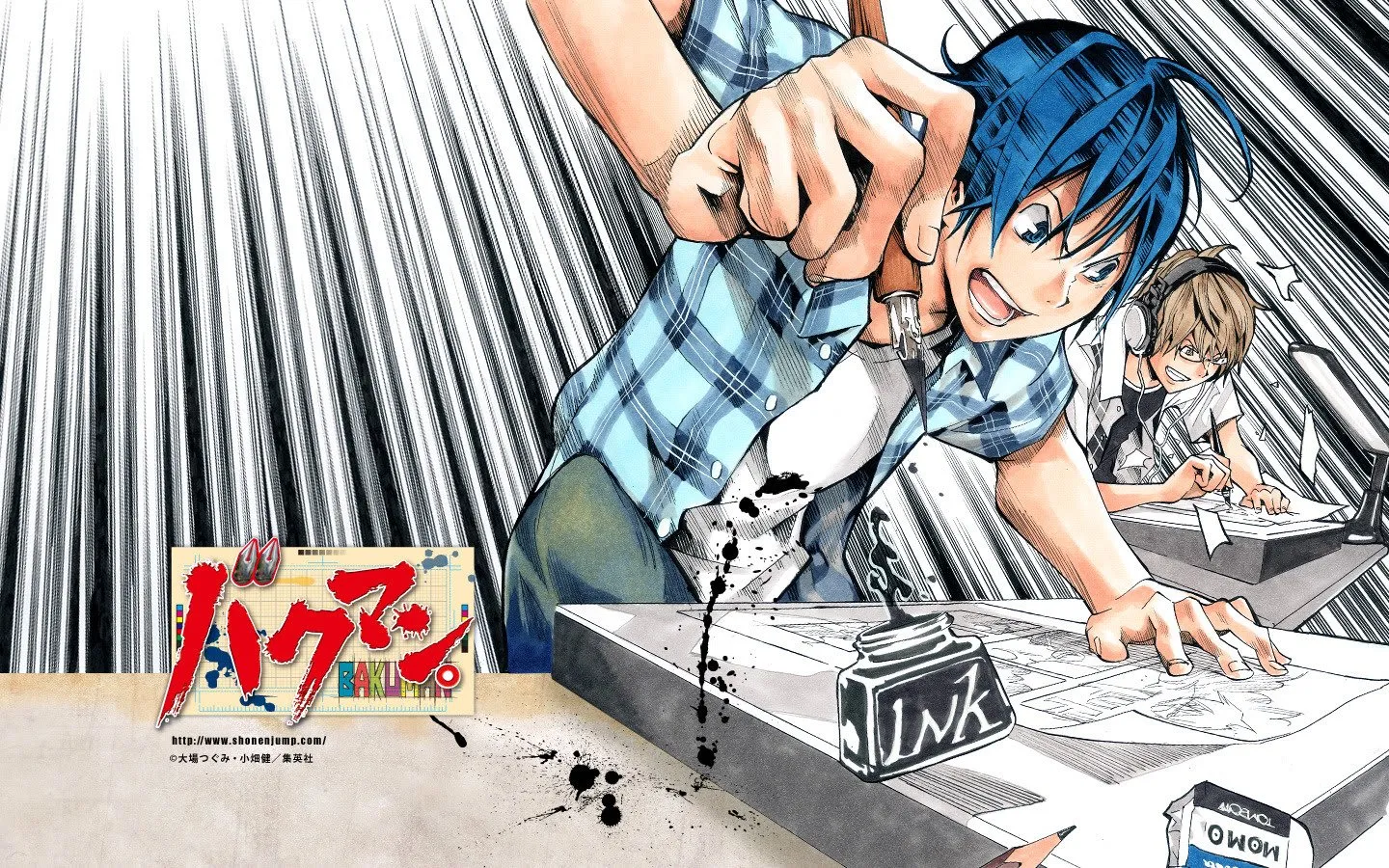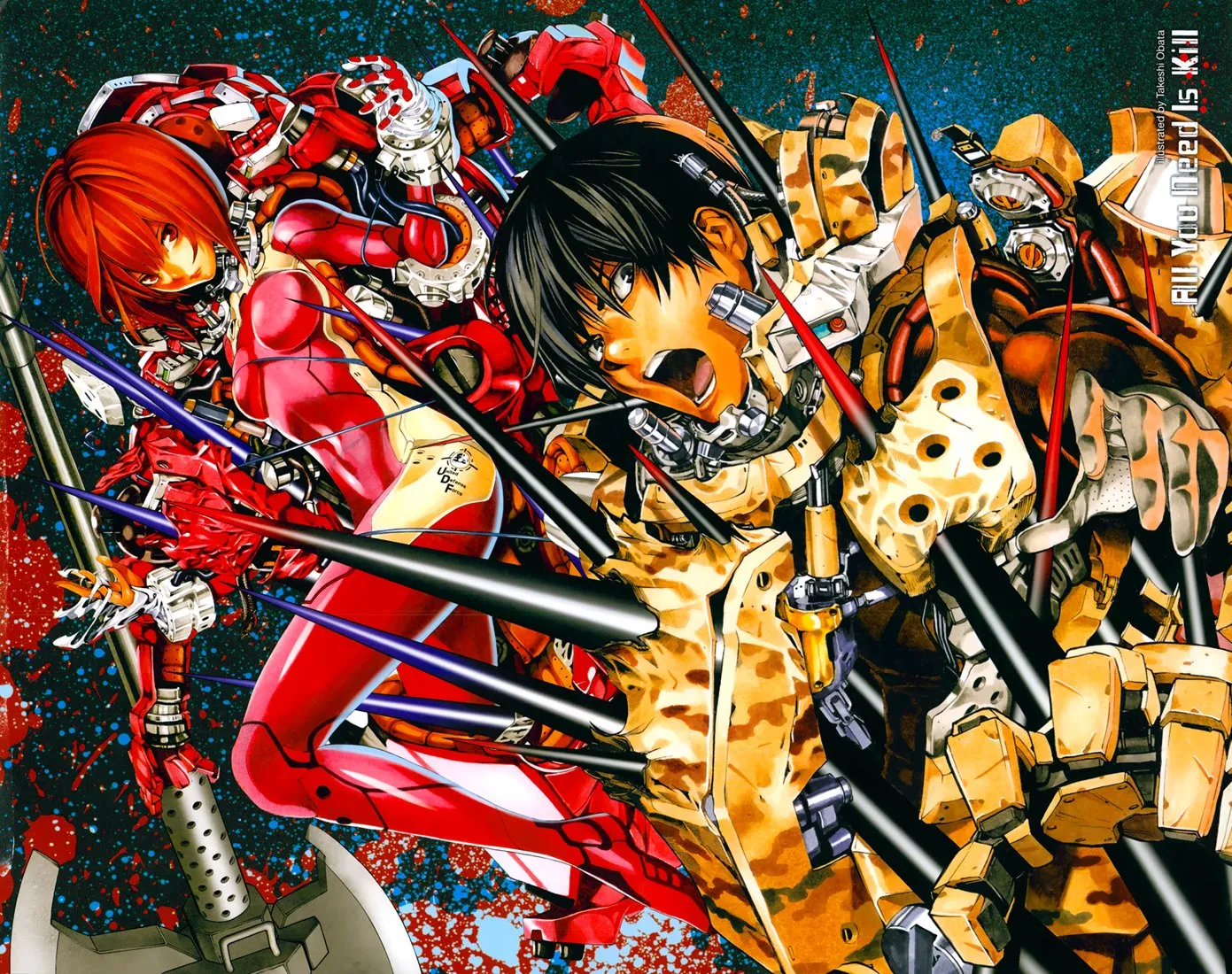Takeshi Obata: A Celebrated Journey Through the Art of Manga
Takeshi Obata is a renowned manga artist known for his work on popular series such as Death Note, Bakuman, and All You Need is Kill. His unique style and storytelling have captured the hearts of readers around the world, making him one of the most respected and successful manga artists of our time.

Early Life and Career Beginnings
Takeshi Obata was born in 1969 in Niigata, Japan. From an early age, he showed an interest in manga and anime. As a child, he would spend hours reading manga and watching anime, and he quickly developed a strong passion for the medium. In high school, he began to draw his own manga and post them online, where they quickly gained popularity.
After high school, Obata attended the Niigata University of Arts, where he honed his skills as an artist. During this time, he became friends with fellow manga artist, Tetsuo Hara, who would later collaborate with him on several projects. After graduation, Obata worked as an assistant to several manga artists, including Tetsuo Hara, and he eventually landed his first job as a professional manga artist.
Early Works and Breakthrough

”Yawara! A Fashionable Judo Girl” was Takeshi Obata’s first work as a professional manga artist, and it helped establish him as a talented and promising new artist in the industry. This series followed the story of Yawara Inokuma, a teenage girl who is a talented judo fighter, but who also has a passion for fashion.
The series was a unique and charming mix of sports, fashion, and comedy, and it quickly became a hit with audiences in Japan. “Yawara! A Fashionable Judo Girl” was a major success for Obata, both commercially and critically. It was well-received by fans and critics alike for its charming characters, its well-plotted storyline, and its attention to detail.
Obata’s artistic style was already evident in “Yawara! A Fashionable Judo Girl,” and his attention to detail, use of dramatic lighting and shadows, and skillful illustrations helped to make the series a standout in the crowded world of manga. The series was also praised for its strong and likeable female lead, which was a departure from the more typical male-dominated manga series of the time.
”Yawara! A Fashionable Judo Girl” was a significant work in Obata’s early career, and it helped to establish him as a talented and promising new artist in the manga world. The series was a critical and commercial success, and it helped to lay the foundation for Obata’s future success and solidified his place as one of the greatest manga artists of all time.
However, it was his work on “Death Note” that truly propelled Obata to stardom.
”Death Note” was a cultural phenomenon that captivated audiences around the world and solidified Takeshi Obata’s status as a master of the manga medium. This dark and suspenseful manga series follows the story of Light Yagami, a high school student who comes into possession of a mysterious notebook that can kill anyone whose name is written in it. Light’s actions as a vigilante, dubbed “Kira” by the public, attract the attention of a mysterious detective known only as “L.”
The series was an instant hit, both in Japan and internationally, and it quickly became one of the most popular manga and anime franchises of all time. “Death Note” was praised for its complex and thought-provoking storyline, which explored themes of morality, justice, and the consequences of power. The series also kept audiences on the edge of their seats with its dramatic twists and turns, and its intense and suspenseful scenes.
Obata’s illustrations were crucial to the success of “Death Note.” His attention to detail, his use of dramatic lighting and shadows, and his skillful illustrations helped to bring the dark and intense world of “Death Note” to life. Obata’s collaboration with writer, Tsugumi Ohba, resulted in a unique and memorable manga that continues to be celebrated by fans around the world.
”Death Note” was a major milestone in Obata’s career and helped to spread the popularity of manga and anime across the globe. It also demonstrated Obata’s versatility as an artist and his ability to create works that appeal to audiences of all ages and backgrounds. With its critical and commercial success, “Death Note” set the stage for Obata’s future success and cemented his place as one of the greatest manga artists of all time. To this day, “Death Note” remains one of the most beloved and iconic manga series of all time and a true testament to Obata’s talent and mastery of the manga medium.
Takeshi Obata Works

Since the success of “Death Note,” Obata has gone on to create several other popular manga series, including “Bakuman,” “All You Need Is Kill,” and “Hikaru no Go.” These series have been hugely popular, and they have cemented Obata’s place as one of the greatest manga artists of all time. In addition to his manga work, Obata has also been involved in the creation of several anime adaptations of his manga series.
”Bakuman,” co-created by Obata and writer Tsugumi Ohba, was a hit manga series that followed the story of two aspiring manga artists and their journey to become successful in the manga industry. This series not only showcased Obata’s exceptional artistic skills but also provided a behind-the-scenes look at the manga industry, making it a unique and captivating read.
”All You Need Is Kill” was a science-fiction manga series that tells the story of a soldier who finds himself trapped in a time loop after being killed in battle. The series was praised for its action-packed story and detailed artwork, and it showcased Obata’s ability to create intense and dramatic scenes.
”Hikaru no Go,” which was created by Obata, was a hugely popular manga series that followed the story of a young boy who discovers an ancient game of Go and becomes determined to become the greatest player of all time. The series was praised for its engaging story, as well as its attention to detail and historical accuracy, making it a must-read for fans of sports manga.
Obata’s involvement in the creation of anime adaptations of his manga series has only increased their popularity, and it has allowed audiences around the world to experience his works in a new and exciting way. Whether it’s through manga or anime, Obata’s works have had a profound impact on the world of manga and anime and will continue to be celebrated for years to come.
Takeshi Obata Art

Obata’s art style is also marked by his signature character designs, which are easily recognizable and iconic. His characters are often dynamic and expressive, and they help to bring the story to life in a unique and engaging way. Obata is also known for his ability to create intricate and detailed backgrounds, which help to establish the setting and mood of each scene.
In addition to his manga work, Obata has also been involved in several other art-related projects, including creating illustrations for novels, light novels, and video games. He has also been featured in various art books and exhibitions, showcasing his incredible talent and versatility as an artist.
Obata’s impact on the manga industry is undeniable. He has inspired countless other manga artists, and his work continues to be celebrated by fans around the world. His attention to detail, his ability to create suspense and tension, and his iconic character designs make him one of the greatest manga artists of all time. And with more exciting projects on the horizon, Obata’s legacy is sure to continue growing for many years to come.
Takeshi Obata and Tsugumi Ohba
Obata and Ohba’s partnership has resulted in some of the most iconic manga and anime of all time, and their stories have captivated audiences worldwide. The two have a unique ability to create compelling characters, intense plot twists, and thought-provoking themes, and their synergy as a team has resulted in some of the most memorable manga series of all time.
Their collaboration on “Death Note” in particular was a turning point in the manga industry, as it helped to popularize manga and anime on a global scale. The series has been adapted into multiple anime and live-action adaptations, and its popularity continues to endure to this day.
The success of Obata and Ohba’s collaborations has inspired countless other manga artists and writers to work together, and their partnership remains a benchmark for creative excellence in the manga industry. Their creative partnership has been a defining moment in the history of manga and anime, and they are truly masters of their craft.
Legacy and Awards
Takeshi Obata has had a significant impact on the world of manga and anime, and his works have been widely acclaimed by both fans and critics. He has won several awards for his work, including the Shogakukan Manga Award, the Tezuka Osamu Cultural Prize, and the Kodansha Manga Award. Obata’s influence on the world of manga and anime is undeniable, and he is widely regarded as one of the greatest manga artists of all time.
Conclusion
Takeshi Obata is a gifted manga artist who has created several popular manga series that have captured the hearts of millions of fans around the world. His attention to detail, dramatic storytelling, and skillful illustrations have made him one of the most acclaimed manga artists of all time. Obata’s legacy and influence on the world of manga and anime will continue to be felt for generations to come.
FAQs
What is Takeshi Obata best known for?
Obata is best known for his popular manga series, including Death Note, Bakuman, and Hikaru no Go.
Who did Takeshi Obata collaborate with on Death Note?
Obata collaborated with writer, Tsugumi Ohba, on the manga series Death Note.
What is Takeshi Obata's artistic style?
Obata's artistic style is characterized by his attention to detail, use of dramatic lighting and shadows, and skillful illustrations.
Has Takeshi Obata won any awards for his work?
Yes, Obata has won several awards for his work, including the Shogakukan Manga Award, the Tezuka Osamu Cultural Prize, and the Kodansha Manga Award.
